An Iranian citizen journalist, who writes under a pseudonym to protect her identity, wrote the following article on the ground inside Iran.
It all begins with a simple photograph on social media, an image that very quickly goes viral. It’s a photo of yet another actor or director who is fleeing in Iran to pursue their dreams and a better life abroad, to escape to a place that promotes creative freedom and where theater and film professionals are assured they can work without interference.
This mass exodus of movie and television stars and directors is, sadly, nothing new, dating back to the birth of the Islamic Republic itself. Recently, it has become a hot topic again, mainly because of social media and greater amounts of information being shared online. In fact, the free flow of information has in turn greatly accelerated the number of actors and directors leaving Iran, to the extent that it has become a considerable problem for the national broadcaster, Islamic Republic of Iran Broadcasting (IRIB), and for the Ministry of Culture and Islamic Guidance.
Over the past few months, this wave of emigration has begun to worry officials, who refuse to accept that they are in any way responsible for it. But it is they who — rather than identifying the problem and solving it — have caused this war. Authorities clamp down on artists, and pick and choose who can and cannot appear on television. They issue strange and baffling directives and make unreasonable demands on artists. They block many actors from appearing on Iranian state-run television.
Iranian female actors are very much on the frontline of this battle. Shortly after the Islamic Revolution of 1979, wearing the hijab became compulsory, and strict Islamic dress codes were enforced. This continues to affect women actors in Iran today. If they dare to do something controversial, such as reveal a strand of hair, post pictures of their private lives online or express an opinion, they are forced to answer to the courts or hardline media. It is therefore no wonder that some of these women have rebelled against the state-imposed hijab and the way they have been treated, and many have chosen to go abroad.
Numerous male directors and actors have joined their female counterparts in their protests against Iran’s restrictive cultural environment. Here, IranWire highlights the female actors who have made a stand, refusing to put up with the situation any longer. These women fall into two categories: those who left Iran when they were already famous and those who became famous once they left.
Chakameh Chaman Mah: To be or not to be

Chakameh Chaman Mah was not a dominant presence in Iranian cinema, but she had a lot of friends in the field. Her mother Hengameh Farazmand was a script supervisor and she practically grew up on movie sets.
She was first noticed for her role in the 1999 movie To Be or Not To Be (not an adaptation of Hamlet) directed by Kianoush Ayari. She appeared in several movies, the most controversial of which was Dissertation. The movie was said to have been financed by the Intelligence Ministry and it aimed to show that Neda Agha-Soltan, the young woman who was shot dead in the aftermath of the 2009 presidential election, was actually killed by the CIA. The film was a commercial failure and the critics at the 2011 Fajr Film Festival called it the “worst movie of the year.” She continued to be given roles in film until 2014. In 2015, she secured a role in the TV series My Sky.
But shortly after this, Chakameh Chaman Mah posted pictures of herself not wearing an Islamic headscarf on Instagram, and announced that she had left Iran. The photo led to the usual maelstrom of praise and condemnation — but it brought her almost instant fame.
Also in 2015, she announced that she was going to work with GEM TV, a Persian-language entertainment satellite channel based in Dubai and London, and which is a thorn in the side of the Islamic Republic. Following that announcement, Iranian state-run TV announced that she had been officially banned from working in Iran.
Rabe'e Oskoei: From Banned to Immigrant

Like many other female actors, Rabe’e Oskoei was banned from working, emigrated and then stopped wearing the hijab. She had a number of supporting roles in Iranian comedies, but when private photographs of her appeared on social network sites, she was banned from acting in Iranian cinema and TV. She then received a good offer from GEM TV and left Iran in January 2016. After she left, she posted pictures of herself not wearing hejab.
The last Iranian-produced movie Oskoei appeared in was It Happened at Midnight, a competitor at the International Fajr Film Festival in Tehran. At the time of its release, critics believed that the movie had a good chance to win a top prize at the festival, but since the recent controversy around Oskoei, this outcome is less promising.
Baharak Salehnia: Searching for Destiny

Before websites reported that Baharak Salehnia had removed her hijab, most Iranians were not even aware of the actor. Her most high profile work had been a secondary role in the 2015 big-budget movie Mohammad: The Messenger of God, which had been selected as the Iranian entry for the Best Foreign Language Film at the Oscars.
But Salehnia decided that she her chances were better outside Iran and accepted an offer from GEM TV in early 2016. “I am now 30 and I believe that from now on life becomes a little hasty — so I have the absolute right to be a little hasty to realize my dreams,” she posted online after leaving Iran.
“What I did was not uncover myself, but a late discovery of my talents, which had gone mostly unnoticed before,” she said of her decision to stop wearing hijab. “I thank people who believe in me and understand me. I am still the same person.”
Prior to leaving Iran, Baharak Salehnia appeared in another big-budget movie, The Iranian Orphanage. It is unclear how the film will be treated by Iranian authorities now that she has spurned the Islamic dress code.
Zohreh Rahmat, Citizen Journalist, Tabriz
Related Articles
Iranian Stars Forced to Go Abroad
visit the accountability section
In this section of Iran Wire, you can contact the officials and launch your campaign for various problems










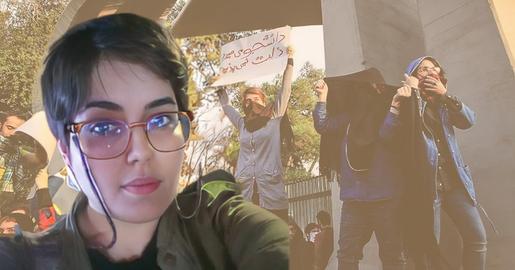





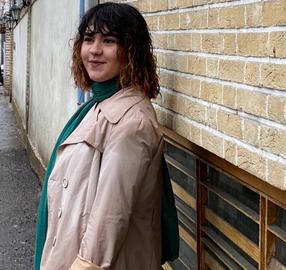
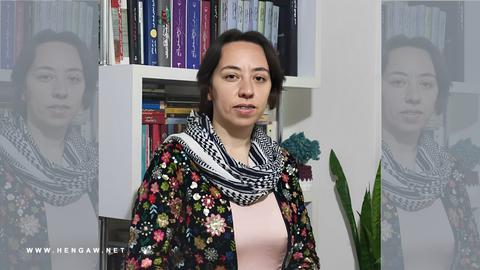


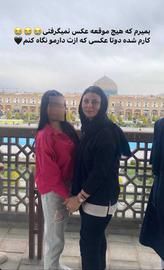

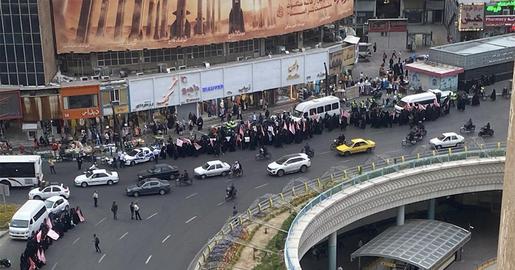

comments